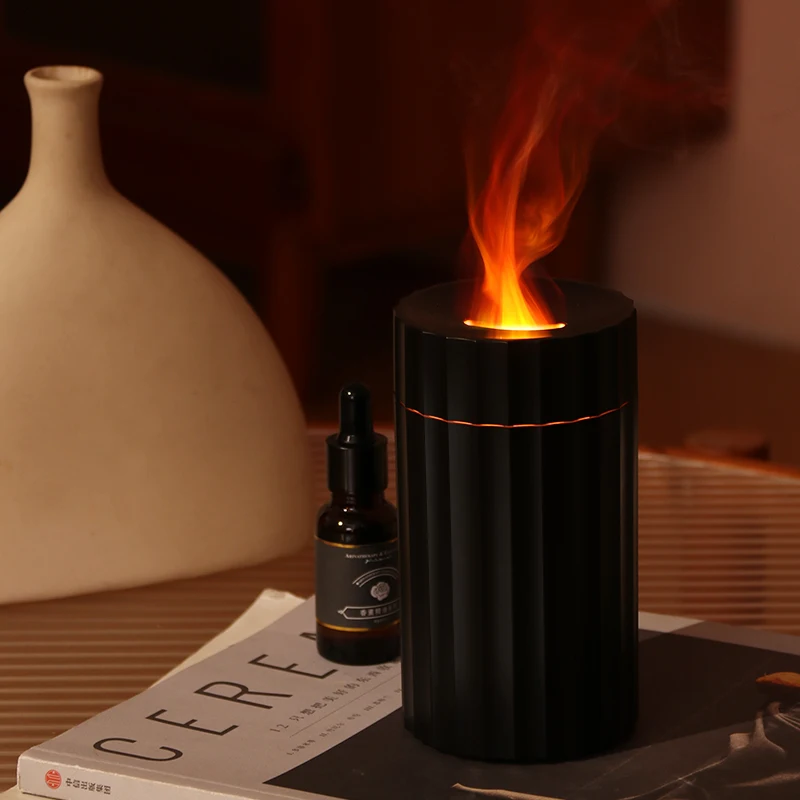Two new peer-reviewed studies are inviting people to rethink how cannabis interacts with aging, health and everyday behavior. One study reports that older adults with a history of cannabis use perform better on several cognitive tests than non-users. Another finds that adults who live close to licensed cannabis retailers are less likely to engage in heavy alcohol use, especially seniors and younger adults in their early twenties.
Taken together, the findings suggest a more nuanced picture than the one painted by decades of scare stories about cannabis and older adults. They also add to a growing body of evidence that legal cannabis access may coincide with changes in how people use more harmful substances, such as alcohol.
Older Adults, Cannabis Use And Cognitive Performance
The first study, highlighted by NORML, draws on data from more than 67,000 adults with a mean age of 67. Researchers working with the UK Biobank looked at a broad battery of tests that measured attention, executive function, processing speed, visual memory and working memory.
Participants who reported any history of cannabis use scored better on every cognitive domain than those who had never used cannabis. The association was strongest among former users. People who used cannabis at some point in their lives, but were not current consumers, showed the clearest pattern of better scores and slower decline in executive function over time.
Current cannabis consumers showed a more limited pattern. In that group, significant differences appeared most clearly in working memory, while other domains were less consistent. Even so, the results did not support the idea that current use in older adults goes hand in hand with broad cognitive deficits.
The authors emphasized that cognitive harms are often assumed among older cannabis users, yet their data pointed in a different direction. Their conclusion called for more balanced messaging for clinicians and patients, and for conversations that are driven by evidence rather than stigma.
These findings also line up with other work summarized by NORML that has found little evidence of significant long-term cognitive damage among adults who use cannabis moderately, especially when they begin use after adolescence. Some longitudinal data have even suggested that, over several decades, people with a history of cannabis use may experience slightly less age-related cognitive decline than non-users, once factors such as education and baseline intelligence are taken into account.
Retail Cannabis Access And Heavy Alcohol Use
The second study, covered in another recent NORML report, looked at the relationship between legal cannabis access and patterns of alcohol use in Oregon between 2014 and 2022. Researchers at Oregon State University examined how proximity to licensed cannabis retailers tracked with adult cannabis use, heavy drinking and binge drinking.
They found that adults who lived closer to cannabis retailers were more likely to use cannabis, which is not surprising in a legal market. What stands out is what happened with alcohol. For young adults ages 21 to 24 and for seniors 65 and older, closer access to retailers was associated with lower odds of heavy alcohol use and binge drinking.
Importantly, the study did not find evidence that retailer access increased cannabis use among minors. Youth use remained unchanged, which reinforces findings from other research showing that licensed retailers are largely complying with age-verification rules.
The authors framed their findings in terms of substitution. Heavy alcohol use comes with well-documented acute and long-term health risks, both for the drinker and for people around them. If greater access to legal cannabis coincides with fewer episodes of high-risk drinking among older adults and young adults, the net public health effect may be positive, even if total substance use patterns are shifting rather than disappearing.
The Oregon study is not alone. Other analyses from legal states have reported similar trends, with some adults reducing or quitting alcohol after dispensaries open in their area. Separate lines of research have also linked retail cannabis access to lower rates of opioid-related mortality in certain regions, which points to a broader substitution story that goes beyond alcohol, even if the mechanisms are still being mapped out.
What These Studies Suggest About Aging And Cannabis
Each study has its own focus. The UK Biobank analysis explores cognitive performance in older adults who have ever used cannabis, while the Oregon work tracks how local access affects cannabis and alcohol consumption in adults of different age groups. The thread between them is older adults.
People over 60 are one of the fastest-growing segments of the legal cannabis market. Many are managing chronic pain, sleep issues or other age-related conditions. Others use cannabis for relaxation, creativity or social reasons. For years, public debate has leaned heavily on fears that any level of cannabis use among older adults would accelerate cognitive decline or undermine memory.
The new cognitive data complicate that idea. In this large sample of older adults, those with cannabis experience did not perform worse than non-users. On average, they performed better, especially when they had used cannabis in the past and were not current consumers. At the same time, people living closer to cannabis retailers in Oregon were less likely to engage in heavy drinking if they were in the two age brackets that often draw the most concern: seniors and young adults in their early twenties.
None of this means older adults should use cannabis as a way to improve cognition or that everyone who drinks heavily will automatically switch to cannabis once a dispensary opens nearby. It does mean that policymaking and public health messaging benefit from looking at real-world data instead of relying on assumptions formed in a different era.
Important Caveats And Limits
Both studies are observational. They identify associations, not definitive cause-and-effect relationships. People who choose to use cannabis at some point in their lives may differ in important ways from those who never do. The same applies to people who live in neighborhoods with different levels of retailer access.
Former and current users also showed different patterns, which suggests that lifetime exposure, frequency, dose and reasons for use all matter. Older adults are more likely to be taking prescription medications, and cannabis can interact with some of those drugs. The studies do not resolve those clinical questions, and they do not answer how specific products, potencies or delivery methods shape individual outcomes.
The Oregon findings on alcohol also require care in interpretation. A correlation between retailer access and reduced heavy drinking does not prove that cannabis access alone caused people to drink less. Broader social trends, changes in local norms or other policy shifts can also play a role. What the data provide is a strong signal that substitution is happening in at least some groups, and that the feared surge in alcohol problems tied to cannabis stores has not materialized in this setting.
The Bigger Picture For Seniors, Cannabis And Policy
Despite those limitations, the two studies add meaningful weight to a broader shift in the scientific literature. Across multiple cohorts and methodologies, researchers are not finding the kind of large, lasting cognitive harms in adults that once dominated public debate about cannabis. They are also seeing more evidence that legal access may coincide with reduced reliance on substances such as alcohol and, in some contexts, opioids.
For older adults, this is more than a scientific curiosity. It affects how physicians talk to patients about cannabis, how families navigate care decisions and how policymakers weigh the risks and benefits of retail access in communities where seniors make up a growing share of the population.
In a space that has long been shaped by fear and stigma, the new research does not declare cannabis harmless or universally beneficial. Instead, it offers a clearer picture of what is actually happening when older adults encounter cannabis in the real world. Better data, paired with honest conversations, can help move that picture closer to reality.
Photo: Shutterstock




























